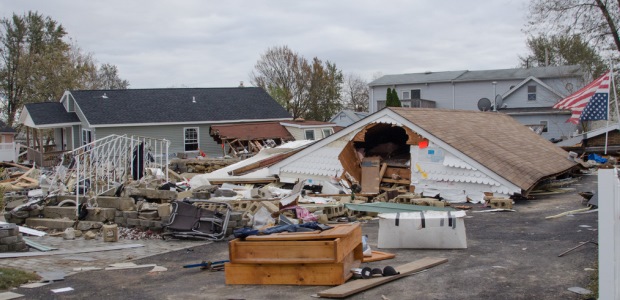
NFPA Journal Examines Social Media's Value During Disasters
It's undeniable that members of the public in huge numbers go to Twitter, Facebook, and other social networks to share information about major events, from "Superstorm" Sandy to Colorado wildfires and the West Virginia water crisis. Emergency managers and key agencies are responding.
NFPA Journal staff writer Fred Durso Jr. has written a cover story about the phenomenon of social media chronicling disasters anywhere in the world. Durso's article is available online, and he's posted a summary to the NFPA blog and also started a LinkedIn group to discuss how organizations and individuals are using social media to share information about disasters.
The article showcases efforts by NFPA, FEMA, and the American Red Cross to inform the public during disasters and also to try to debunk false reports and rumors that often are retweeted and shared on Twitter, Facebook, and other social channels. An NFPA task group of committee members from NFPA 1600, Disaster/Emergency Management and Business Continuity Programs, is writing language on social media use to be included in the standard's 2016 edition, Durso reports.
FEMA now has five Facebook pages and 36 Twitter accounts, he reports. FEMA's main Facebook page, with 159,000 fans, has posted reports about the West Virginia drinking water contamination crisis, winter weather preparedness, emergency planning, and fire safety in this month alone.